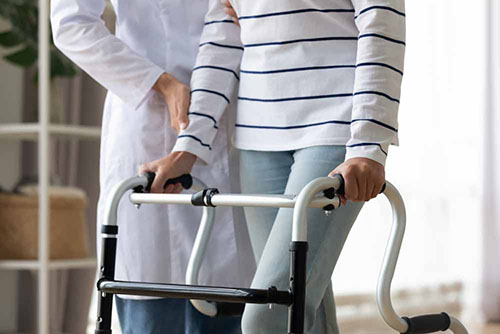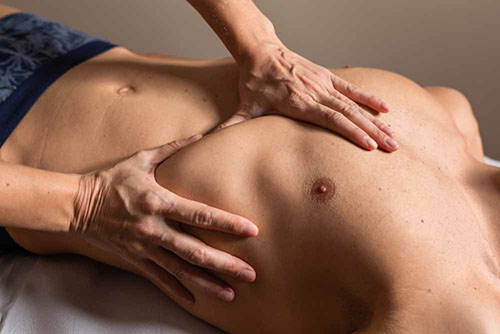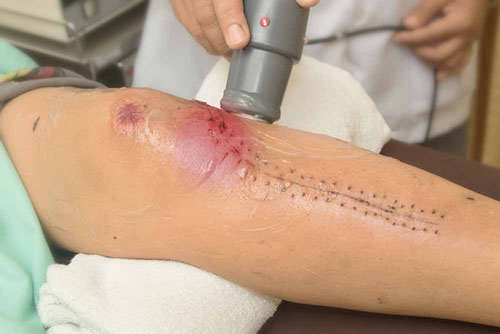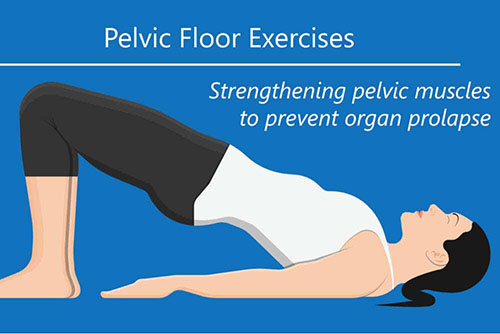Physical Therapy and Rehabilitation
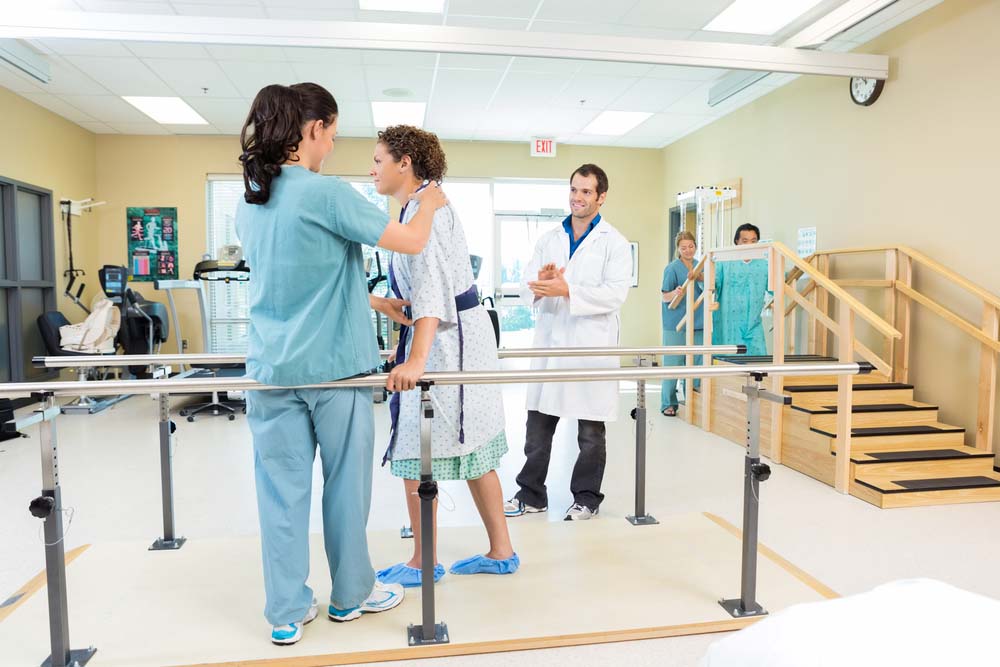
The physical therapy and rehabilitation unit carries out its studies on evaluating and treating disorders in the human body primarily by physical means. They focus on individuals with dysfunctions related to the musculoskeletal, neurological, cardiopulmonary, and integumentary (skin) systems. Physical therapists evaluate the functioning of these systems and apply appropriate treatment to relieve pain and improve physical function. The physical therapy and rehabilitation unit assists in the care of patients at all stages of recovery from the first diagnosis. Physical therapy can be an independent and stand-alone treatment option, or it can be used in combination with other treatments.
Rehabilitation is care that can help you regain, maintain or develop the abilities you need during daily life. These abilities can be physical, mental and/or cognitive (thinking and learning). You may have lost these abilities due to an illness or injury or as a side effect of medical treatment. Rehabilitation can improve your daily life and functioning by enabling you to regain these abilities.
Depending on the reason the treatment is being performed, the benefits of physical therapy include:
- Pain management that reduces the need for painkillers
- Achieving treatment by avoiding surgery
- Improved mobility and mobility
- Recovery after injury or trauma
- Recovery after stroke or stroke
- Fall prevention
- Improved balance
- Management of age-related medical problems
A sports therapist can help an athlete maximize their performance by strengthening certain parts of their body and using muscles in new ways.
A physical therapist can advise individuals on physical therapy benefits and treatment needs specific to their personal medical history.
The overall goal of rehabilitation is to help you regain your abilities and regain your independence. However, the goals aimed to be achieved are different for each person. The benefit you get from rehabilitation depends on what caused the problem, whether the cause persists, what skills you have lost, and how serious the problem is.




